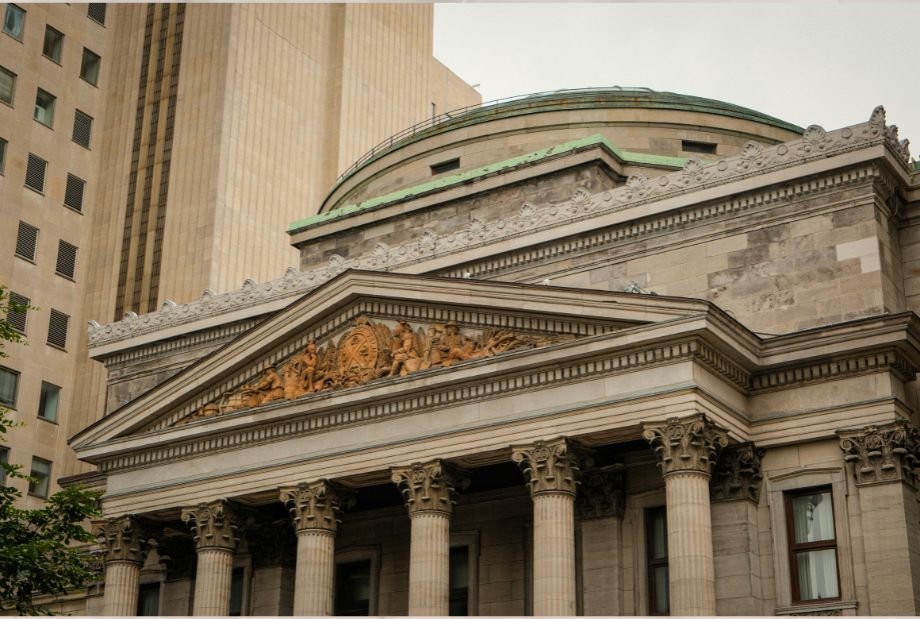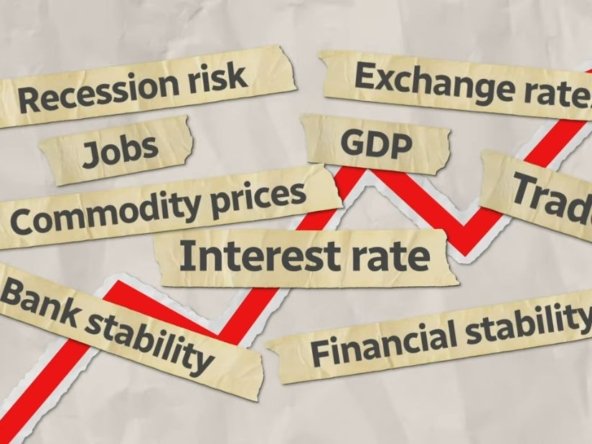Interest rates are like the steering wheel of an economy. Raise them, and you slow things down. Cut them, and you give growth a push. It’s one of the first lessons any central banker learns — but right now, both the Bank of Canada and the U.S. Federal Reserve are rewriting the playbook.
Despite lingering inflation, both have announced rate cuts. To many, that feels counterintuitive. If higher prices are still a problem, why make borrowing cheaper? The answer lies in the bigger picture — and in the political pressure surrounding these decisions.
Canada’s Balancing Act
The Bank of Canada recently cut its key interest rate after seven consecutive trims earlier this year. The reason? While inflation remains close to the 2% target, the broader economy is struggling. GDP shrank by 1.6% in the last quarter. Job losses have piled up — more than 100,000 positions vanished over the summer — and only a third of unemployed Canadians receive benefits.
For Governor Tiff Macklem, the choice is about more than price stability. Tariffs, trade tensions, and weak business investment are weighing down growth. Lower rates give households a little breathing room and encourage spending — a way to spark momentum before the downturn becomes a recession.
The Fed’s Different Mandate
South of the border, the U.S. Federal Reserve faces a similar but slightly more complicated challenge. Unlike Canada’s single focus on inflation, the Fed has a dual mandate: keep prices stable and maximize employment.
Inflation in the U.S. is still sticky, but the labor market is flashing warning signs. Manufacturing is cooling, unemployment is creeping up, and federal layoffs under the Trump administration have thinned payrolls by nearly 100,000. For Chair Jerome Powell, holding rates high risked pushing the economy into a full-blown recession.
So the Fed joined Canada in trimming its policy rate — though Powell remains far more cautious than President Trump would like. Trump has publicly demanded steep cuts, more in line with a recessionary emergency. That political noise, combined with recent turbulence inside the Fed’s governing board, underscores just how much pressure Powell is under.
The Trump Factor
Trump’s influence hovers over both countries. In the U.S., he has fired officials, pressured Powell, and even placed a White House insider on the Fed board — a move unprecedented in the institution’s history. In Canada, his trade wars and shifting tariff policies have battered exporters and injected uncertainty into investment planning.
Both central banks are supposed to operate independently, but neither can ignore the political and economic crosswinds. Rate cuts may be justified by the data, but they also happen to align with Trump’s loud demands.
What This Means for Ordinary People
- Borrowers: Cheaper mortgages and loans offer some short-term relief.
- Savers: Lower returns on deposits and bonds make it harder to grow wealth safely.
- Workers: If rate cuts succeed, they may prevent deeper job losses — but recovery won’t be instant.
- Consumers: A fragile housing market and affordability crunch won’t be solved by interest rates alone.
The Road Ahead
Both Canada and the U.S. have arrived at the same inflection point: cut rates now to buy time. But neither can predict how deep future cuts might go. Trade wars, fiscal spending, and global shocks could change the outlook overnight.
For Canadians and Americans alike, one truth stands out: central banks can steer, but they can’t guarantee the road ahead will be smooth.
✨ Takeaway: Rate cuts aren’t just technical adjustments — they’re signals of worry. Both Ottawa and Washington are hoping to cushion their economies before the next shock hits.





